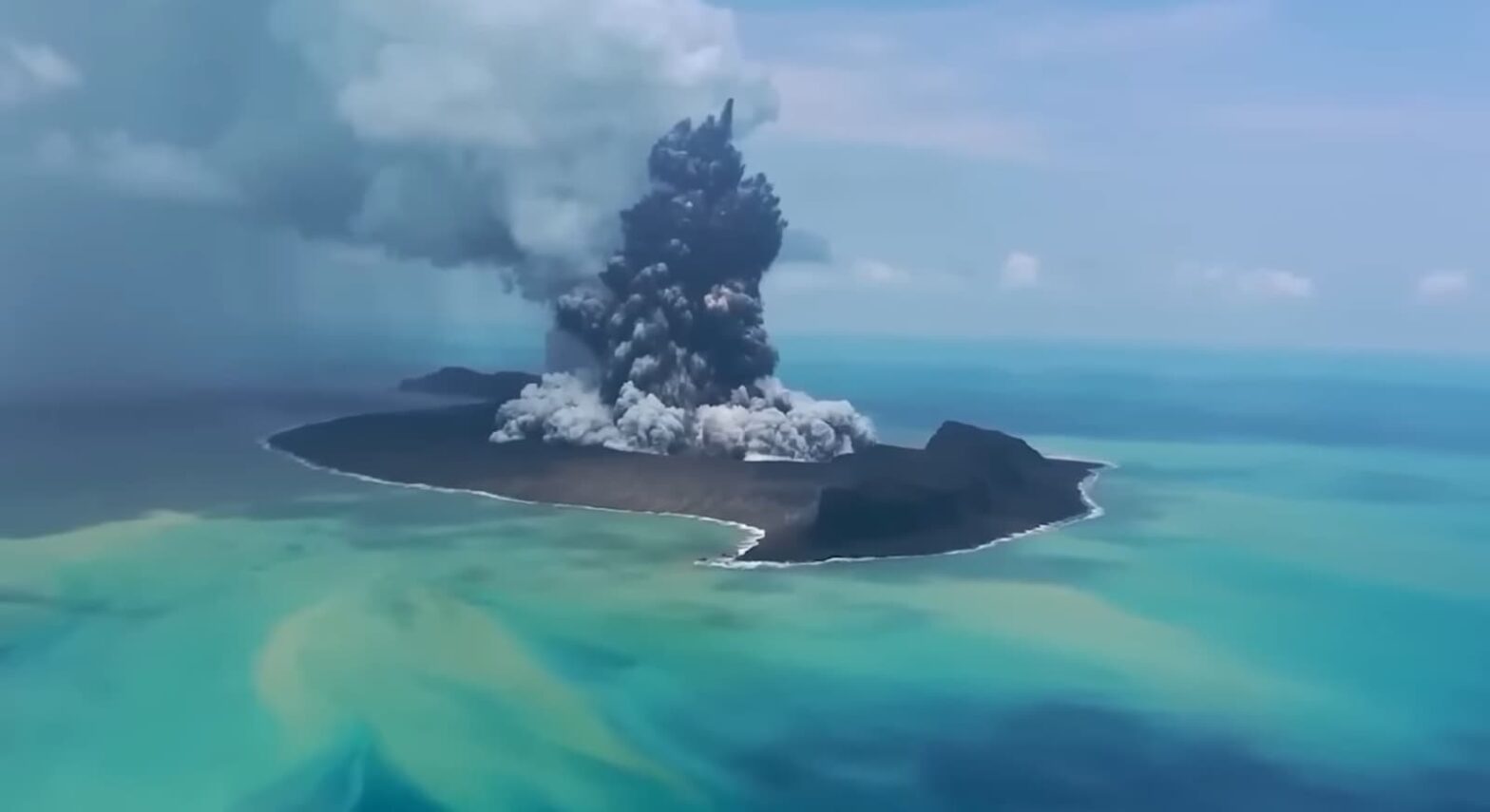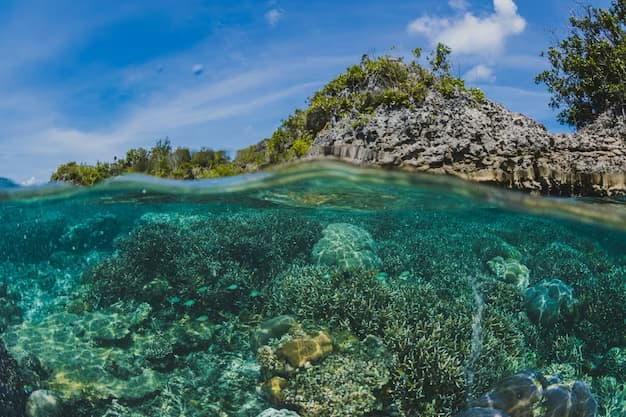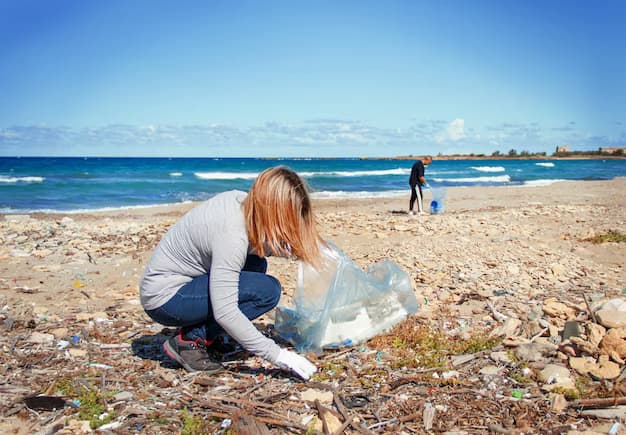Dive into the marvels of underwater volcanism through the exploration of submarine volcanoes. These natural wonders, nestled beneath the ocean’s surface, showcase the dynamic forces shaping our planet’s oceanic realms. Known also as underwater volcanoes, these geological formations are vents or fissures on the Earth’s crust located beneath the sea. Mirroring their terrestrial counterparts, submarine volcanoes are capable of erupting, releasing magma in spectacular underwater displays. Impressively, some of the largest standalone volcanoes and the most extensive volcanic chains are found within the depths of our oceans, predominantly at divergent plate boundaries where tectonic plates drift apart. The movement of these plates plays a crucial role in the formation of both underwater and above-ground (subaerial) volcanoes.
Among the myriad of underwater volcanoes, Krakatoa stands out for its notorious history. Positioned in the Sunda Strait between Java and Sumatra, Krakatoa’s 1883 eruption had catastrophic effects. The eruption, coupled with the subsequent tsunami, claimed over 36,000 lives, obliterating more than 70% of the Krakatoa island and its surrounding archipelago. This event marks one of the most lethal volcanic eruptions in history. The eruption’s sound was so profound that it reached as far as 1,930 miles (3,110 kilometers) away, audible in Australia, while tsunamis generated by the event affected ships near South Africa, believed to be triggered by pyroclastic flows entering the ocean. The aftermath of the eruption saw a significant increase in seismic activities over the following year, highlighting the profound impact submarine volcanoes can have on our planet’s geological and ecological systems.
The Locations of Submarine Volcanoes
The whereabouts of submarine volcanoes often lie in proximity to mid-ocean ridges, where tectonic plates meet and interact. These regions are characterized by the formation of hydrothermal vents, sustained by volcanic heat, scattered across the globe. Yet, pinpointing these colossal volcanic structures is no straightforward task. Scientists employ sophisticated tools like CTD packages, which measure oceanic parameters such as temperature, conductivity, and depth. By analyzing these data, researchers can detect subtle changes indicative of volcanic activity, such as fluctuations in temperature and water clarity.
Additionally, hydrophones play a crucial role in locating erupting submarine volcanoes. These underwater microphones are adept at capturing the sounds of boiling water emitted by volcanoes in close proximity and moderate depths. Through a combination of technological innovation and meticulous observation, scientists continue to unravel the mysteries concealed beneath the ocean’s surface, shedding light on the dynamic world of submarine volcanism.
Distinctive Characteristics of Underwater Volcanoes
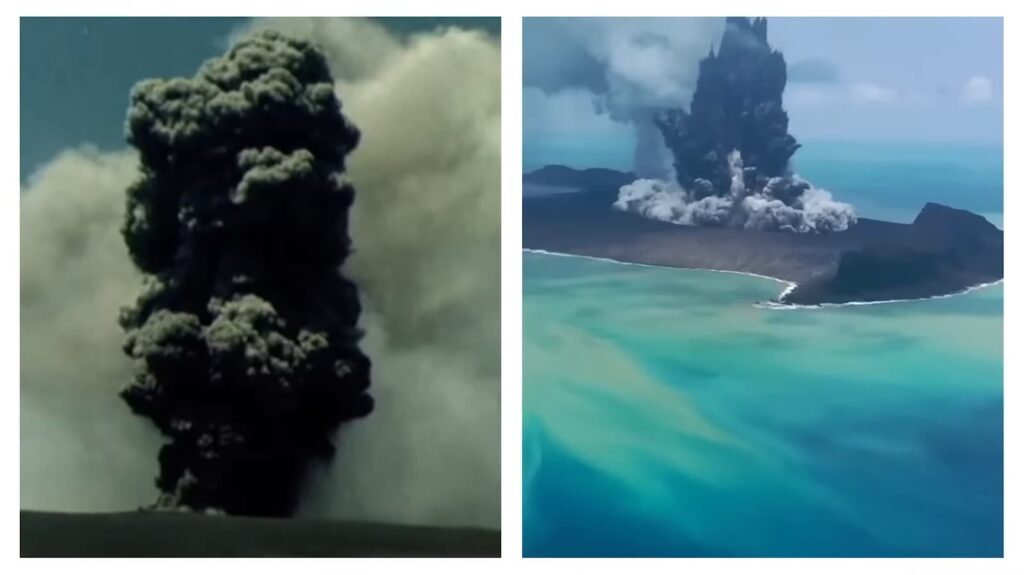
The interaction between water and volcanic processes significantly influences the behavior of underwater volcanoes. At these underwater sites, ocean water seeps into the ocean floor through fissures, where it is subsequently heated by molten lava. This interaction triggers a chemical transformation, converting seawater into a hydrothermal fluid. This fluid then jets back into the ocean, forming what are known as hydrothermal vents.
- The eruption of an underwater volcano is markedly affected by the surrounding water, leading to a rapid cooling of the magma. In some cases, this rapid cooling process produces volcanic glass, a substance formed from magma that cools so quickly it solidifies without crystallizing. There are various forms of volcanic glass, such as pumice, tachylite, palagonite, Pele’s hair, Limu o Pele, and Sideromelane, each with unique characteristics. Underwater, lava solidifies into diverse structures and textures not typically seen on land;
- Upon contact with water, lava immediately begins to solidify, forming a crust around it that gives rise to pillow lava. These pillow-shaped structures, usually about a meter in diameter, are predominantly composed of basalt, though they can also be made from komatiite, boninite, rhyolite, among others. The presence of pillow lavas is a key indicator of historical volcanic activity on Earth;
- The depth of water also plays a crucial role in the nature of volcanic eruptions. For instance, eruptions occurring under conditions where the water pressure exceeds the critical pressure of water result in the formation of a supercritical fluid. This state occurs under conditions where the temperature and pressure surpass the critical point, eliminating the distinction between liquid and gas phases but below the pressure that forms a solid. This phenomenon is one of many challenges faced by scientists in detecting and studying underwater eruptions, as traditional methods like hydrophones become ineffective due to the absence of boiling water sounds at significant depths.
Submarine Volcanoes: The Dynamic Realm of the Ring of Fire
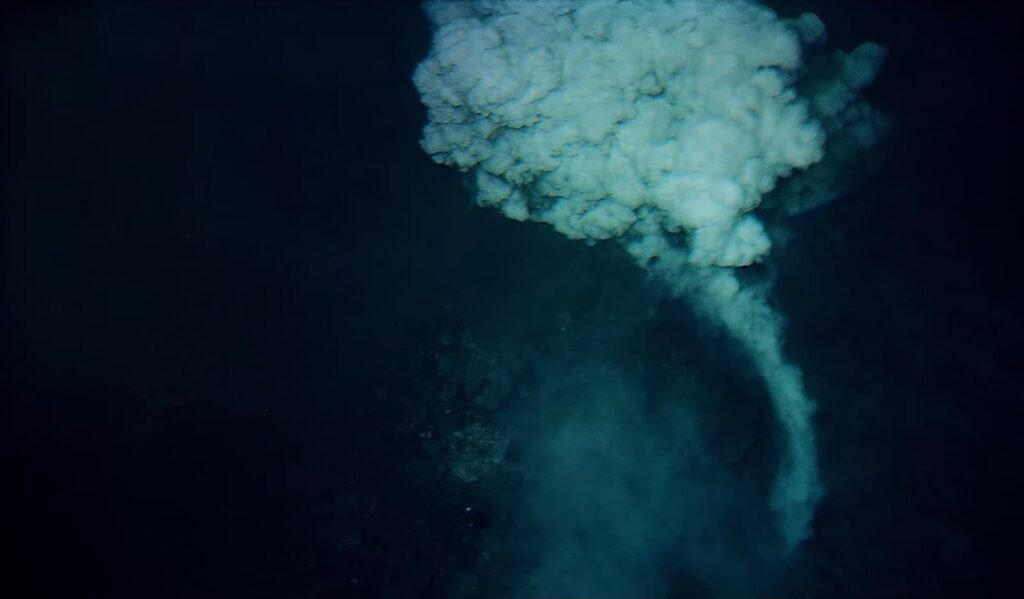
The Ring of Fire, an expansive zone encircling the Pacific Ocean, harbors a renowned assemblage of submarine volcanoes. Within this region, characterized by intense geological activity, lie volcanic arcs, belts, and tectonic plate movements. Boasting a staggering count of 452 volcanoes, the Ring of Fire stands as a testament to the Earth’s fiery dynamism. Moreover, it serves as the epicenter for approximately 90% of the globe’s seismic activity and witnesses 88% of the planet’s most colossal volcanic eruptions. This captivating realm beneath the waves offers a glimpse into the awe-inspiring forces shaping our planet.
Havre Submarine Volcano
In 2012, a remarkable event unfolded beneath the Pacific Ocean’s surface with the eruption of the Havre submarine volcano. Spanning ninety days, this eruption saw lava spewing from fourteen separate vents near Havre’s opening, situated a staggering 3,000 feet (900 meters) below the ocean’s surface. Marking the largest deepwater eruption ever recorded, Havre stands among the world’s largest submarine volcanoes. Comparisons drawn by scientists liken its scale and impact to the historic eruption of Mount St. Helens in 1980, albeit with a significant difference in public awareness.
Unlike the widely publicized Mount St. Helens eruption, the Havre event occurred far from the public eye. Its discovery was serendipitous, initiated by a passenger aboard a commercial flight who observed a peculiar discoloration in the ocean’s waters. This observation spurred a search effort to uncover the cause, ultimately leading to the revelation of Havre’s eruptive activity. According to the Smithsonian, approximately 75 percent of the lava produced by Havre successfully breached the ocean’s surface, with the remainder forming a larger mass of pumice responsible for the initial discoloration. Initially buoyant, these pumice pieces eventually become waterlogged and sink to the ocean floor, contributing to the intricate geological processes unfolding beneath the waves.
Underwater Volcanoes: Hotspots of Marine Biodiversity
Researchers have unveiled a fascinating relationship between submarine volcanoes and marine life, discovering that these volcanic sites often serve as thriving hubs for diverse aquatic organisms. A noteworthy observation was made during studies of volcanoes near Guam, revealing a significant surge in the population of creatures inhabiting the summit of the volcano. Among these inhabitants are shrimp, crabs, and barnacles, which flourish in the harsh yet nutrient-rich environments atop underwater volcanoes, fueled by the chemical-rich emissions from eruptions. Notably, certain species, like a particular shrimp, have evolved specialized claws adapted for harvesting food amidst these unique conditions, highlighting the remarkable adaptability of life in the depths of our oceans.
Conclusion
Submarine or underwater volcanoes, although largely inaccessible, offer valuable insights into the Earth’s geological phenomena and marine life’s resilience. Their study encourages us to appreciate the diverse and interconnected aspects of our planet, reminding us of nature’s unparalleled power and mystery.
